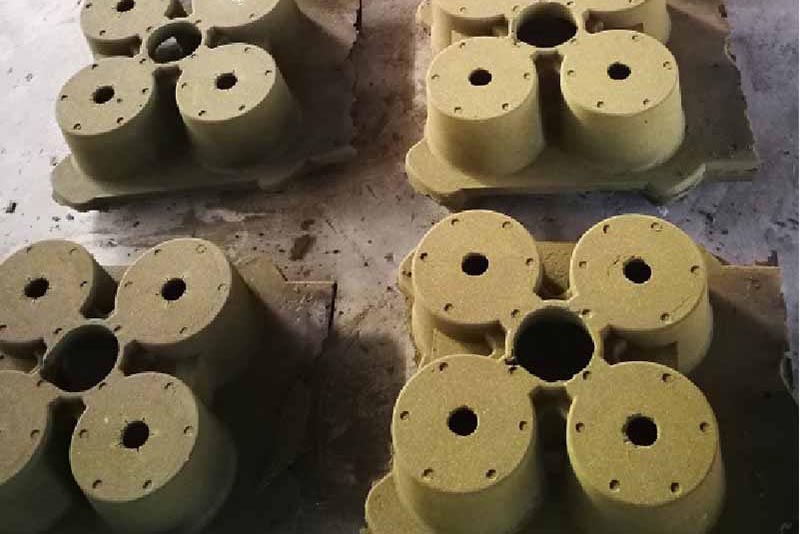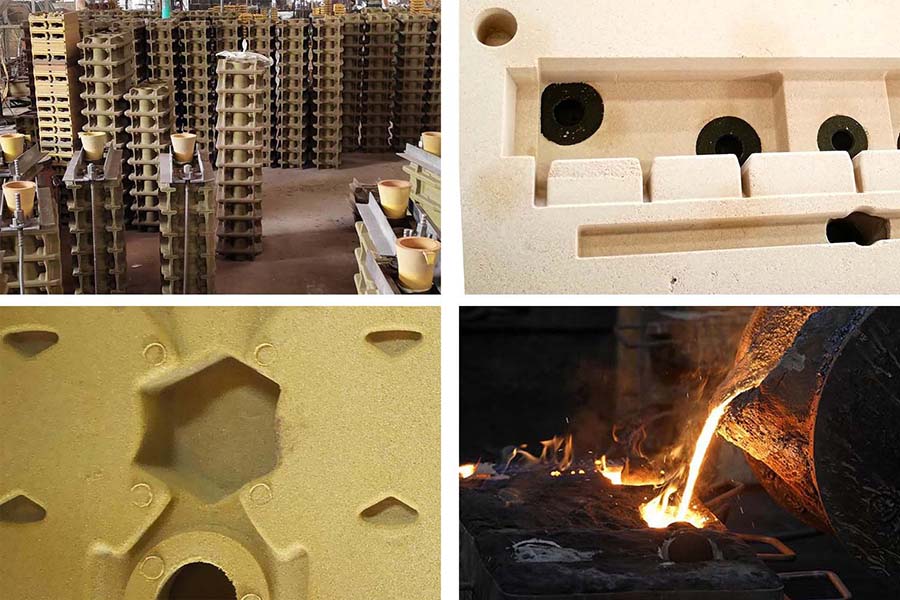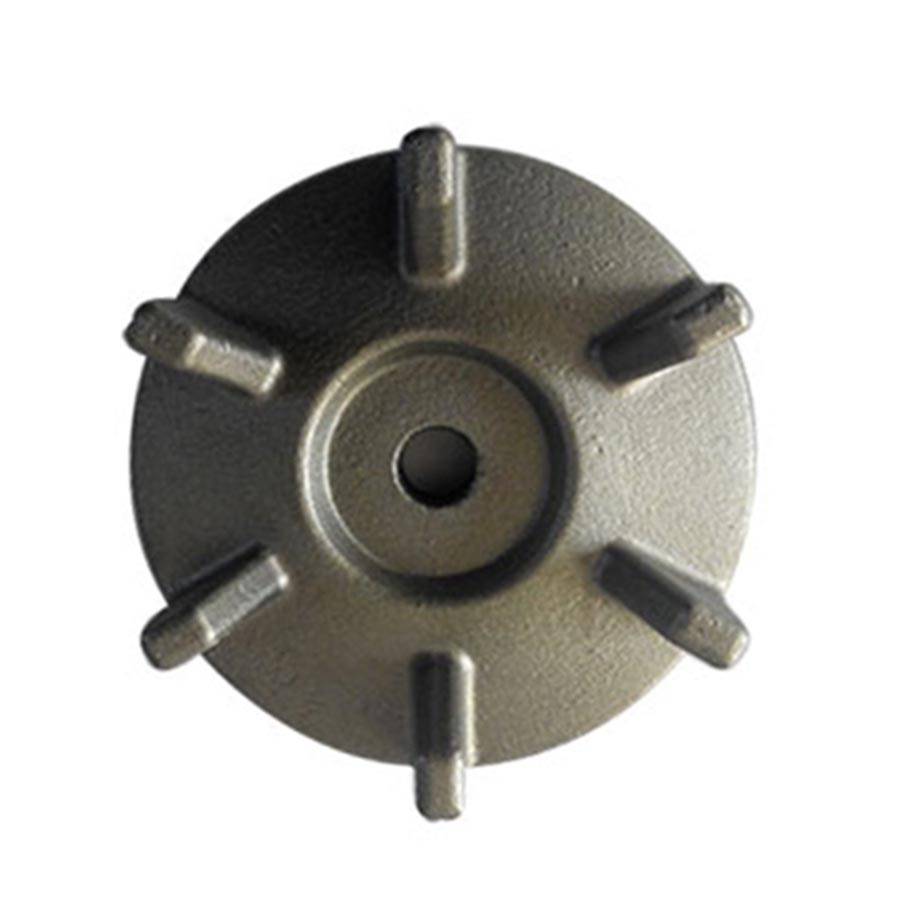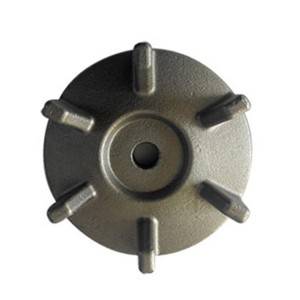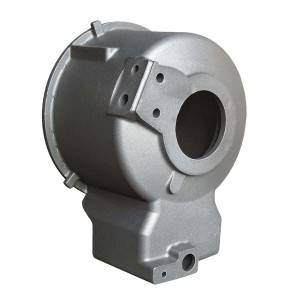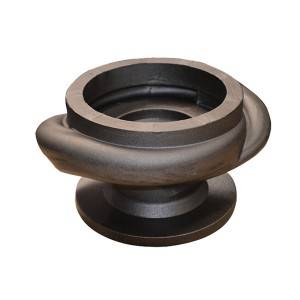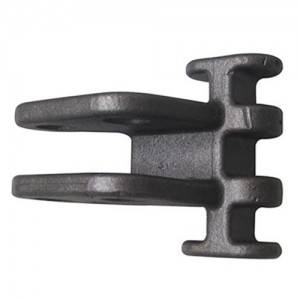China gray cast iron shell mould casting products with OEM custom and CNC machining services. Diverse metal grade are available.
To produce custom iron and steel castings as per customer's drawings is our key portion of precision casting service but not our only service. Actually, we offer the completely one-stop-solution metal casting services with various value added services including casting design, CNC precision machining, heat treatment, surface finish, assembling, packing, shipping...etc.
Before making the mould and core, the coated sand have been covered with a solid resin film on the surface of the sand particles. The shell mold casting has been developed into coated sand by using thermoplastic phenolic resin plus latent curing agent (such as urotropine) and lubricant (such as calcium stearate) through a certain coating process. When the coated sand is heated, the resin coated on the surface of the sand particles melts. Under the action of the methylene group decomposed by the Maltropine, the molten resin rapidly transforms from a linear structure to an infusible body structure so that the coated sand is solidified and formed. In addition to the general dry granular form of coated sand, there are also wet and viscous coated sand.
▶ Coated sand casting has the following characteristics
1) It has suitable strength performance. It can meet the requirements for high-strength shell core sand, medium-strength hot-box sand, and low-strength non-ferrous alloy sand.
2) Excellent fluidity, good moldability of the sand core and clear outline, which can produce the most complex sand cores, such as water jacket sand cores such as cylinder heads and machine bodies.
3) The surface quality of the sand core is good, compact and not loose. Even if less or no coating is applied, better surface quality of castings can be obtained. The dimensional accuracy of castings can reach CT7-CT8, and the surface roughness Ra can reach 6.3-12.5μm.
4) Good collapsibility, which is conducive to casting cleaning and improving product performance
5) The sand core is not easy to absorb moisture, and the strength of long-term storage is not easy to decrease, which is conducive to storage, transportation and use
▶ Manufacturing processes of coated sand mold (core) making for shell moulding casting:
1. The basic process of manufacturing coated sand mold (core) is: flip or blow sand→crust→sand discharge→harden→core (mold) and so on.
1) Turn over or blow sand. That is, the coated sand is poured on the shell mold or blown into the core box to manufacture the shell or shell core.
2) Encrustation. The thickness of the shell layer is controlled by adjusting the heating temperature and holding time.
3) Sand discharge. Tilt the mold and the core box to make the unreacted coated sand fall from the heated shell surface, and collect it for reuse. In order to make it easier to remove the unmelted coated sand, if necessary, a mechanical method of shaking back and forth can be adopted.
4) Hardening. In the heating state, in order to make the thickness of the shell more uniform, make it contact with the surface of the heated shell within a certain period of time to further harden.
5) Take the core. Take the hardened shell shape and shell core out of the mold and core box.
▶ Shell Molding Casting Raw Materials:
• Cast Carbon Steel: Low Carbon Steel, Medium Carbon Steel and High Carbon Steel from AISI 1020 to AISI 1060.
• Cast Steel Alloys: 20CrMnTi, 20SiMn, 30SiMn, 30CrMo, 35CrMo, 35SiMn, 35CrMnSi, 40Mn, 40Cr, 42Cr, 42CrMo...etc on request.
• Cast Stainless Steel: AISI 304, AISI 304L, AISI 316, AISI 316L and other stainless steel grade.
• Cast Aluminium Alloys.
• Brass & Copper.
• Other Materials and Standards on request
▶ Shell Casting Capacities:
• Max Size: 1,000 mm × 800 mm × 500 mm
• Weight Range: 0.5 kg - 100 kg
• Annual Capacity: 2,000 tons
• Tolerances: On Request.
